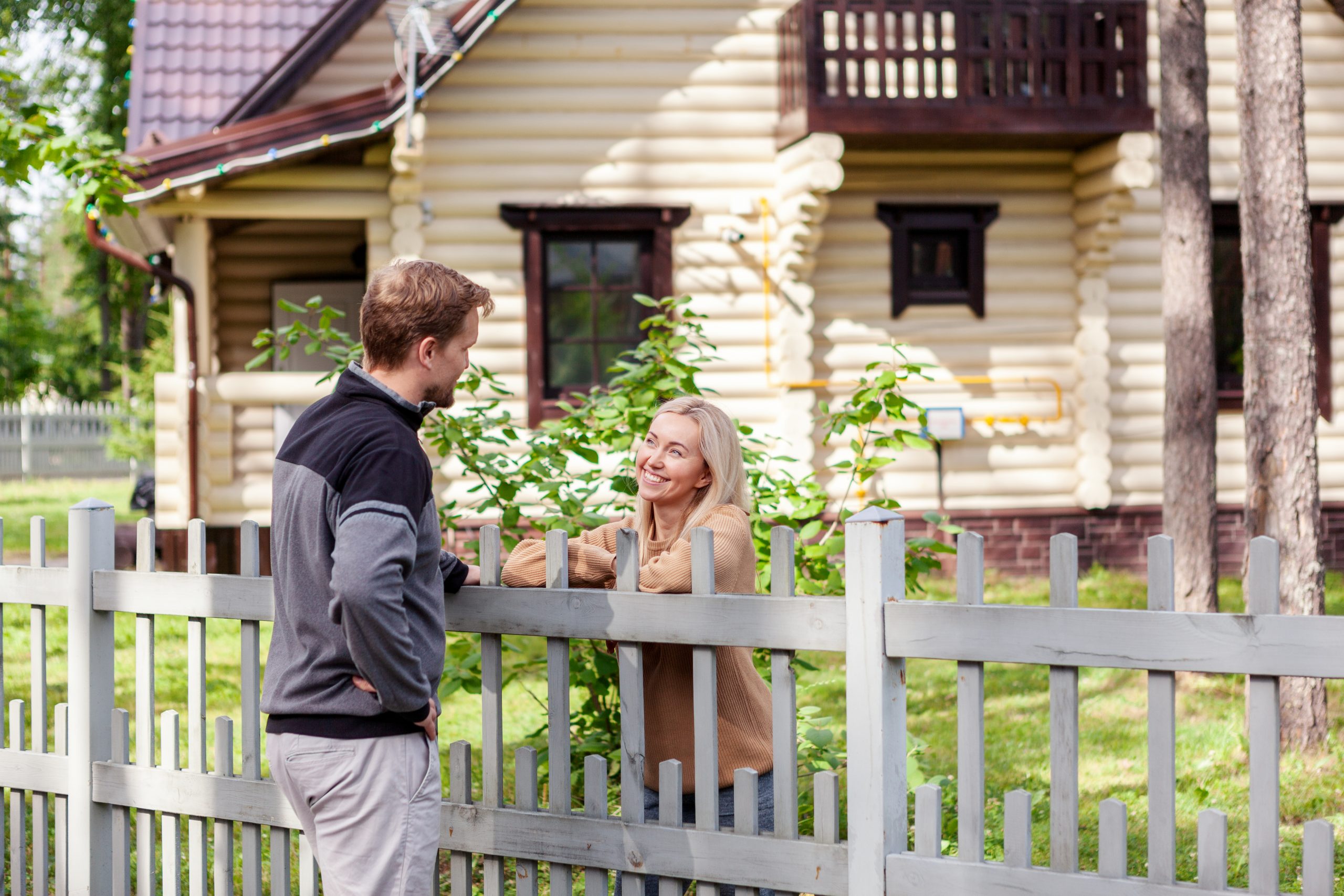Why Community Connections Matter (with the Westmount Community League)
Table of Contents
ToggleWhy Community Connections Mattes (with the Westmount Community League)
Andrea and Zac sit down with our guests this week: Carla Stolte and Jay Summach of the Westmount Community in Edmonton. As members of the Westmount Community League, Jay and Carla share their experiences of living in a tight-knit community in a disconnected world.
What makes a community connected? How has community connectedness changed over time? What can we do to be more connected with our neighbours? All this and more are unpacked on this episode of The Shift Show. To learn more about the Westmount Community League, visit their website or social media (@westmountcl)!
Benefits of living in a connected community
1. Deep, meaningful and intentional relationships. It takes intentionality to create a relationship marked by vulnerability and mutual reciprocation. These relationships fulfil our craving for relationships and improve our lives.
2. High levels of trust. Old-fashioned neighbourhoods are characterized by relationships that are filled with trust. Your neighbours become your family, and you might even trust multiple people with the key to your front door. People look out for each other because they know each other.
3. A helping hand. People often need help but don’t get it because they are not familiar with their neighbours. Having a close relationship with your neighbour will ensure that you have someone to water your plants when you are not around, someone to babysit for you when you run to the grocery store, and of course, you’ll have someone to turn to when you run out of sugar.
4. Social responsibility and safety. Well-connected neighbours look out for each other. It’s also always great to have others looking out for your kids’ safety.
5. Unity, tolerance and appreciation of different groups. By getting to know your neighbours, you might make friends with people you wouldn’t have met otherwise, exposing you to different points of view, cultures and experiences.
What hinders community connection in modern society?
- People are out of practice. We have gotten so accustomed to seclusion that we often don’t know how to initiate community connections and interactions. Oftentimes it’s easy to overthink creating these friendships, and this may even prevent us from even trying in the first place.
- Built forms. Most houses in our neighbourhoods have long front yards and driveways, which further seclude us from our neighbours.
- Mobile phones and the internet. We are so busy on our screens that we fail to create time to meet and interact with people.
- Fear of rejection/burdening our neighbours. Since community interactions have become a rare phenomenon, people are afraid to initiate conversations due to rejection or fear of burdening others.

Lessons from the Westmount Community
Building community connections can be a challenge, but by no means is it impossible. We learned a ton of lessons from Carla and Jay on how to create connection and community; here are just a few of them!
- Start small. Community connection is so important but it’s not necessarily easy. What is easy though is to start small: wave, smile, and say hello. You won’t believe the impact this will have, both on yourself and on the person you say hello to. The more you do it, the easier it gets.
- Set up a meet and greet. Yes, even virtually. Find a common hobby or interest and get members of the community together to connect over it. An example from the Westmount community is a babysitter meet and greet: this was a great way to help teens in the community get some work experience and for parents to meet babysitters in the community that they could depend on. Volunteer groups are also a great example of community.
- Say yes. If someone offers to help you with something, say yes, even if you don’t necessarily need the help. It’s a great way to build a connection that can be further built upon. It opens the door and also makes the other person feel valued.
- Help others. One of the best aspects of the community is that everyone gets to contribute in their own ways. Whether you know it or not, you have a skill or knowledge that other people can benefit from. Being of service to others is a great way to create community and connection. This often results in you being able to get help when you need it, too.